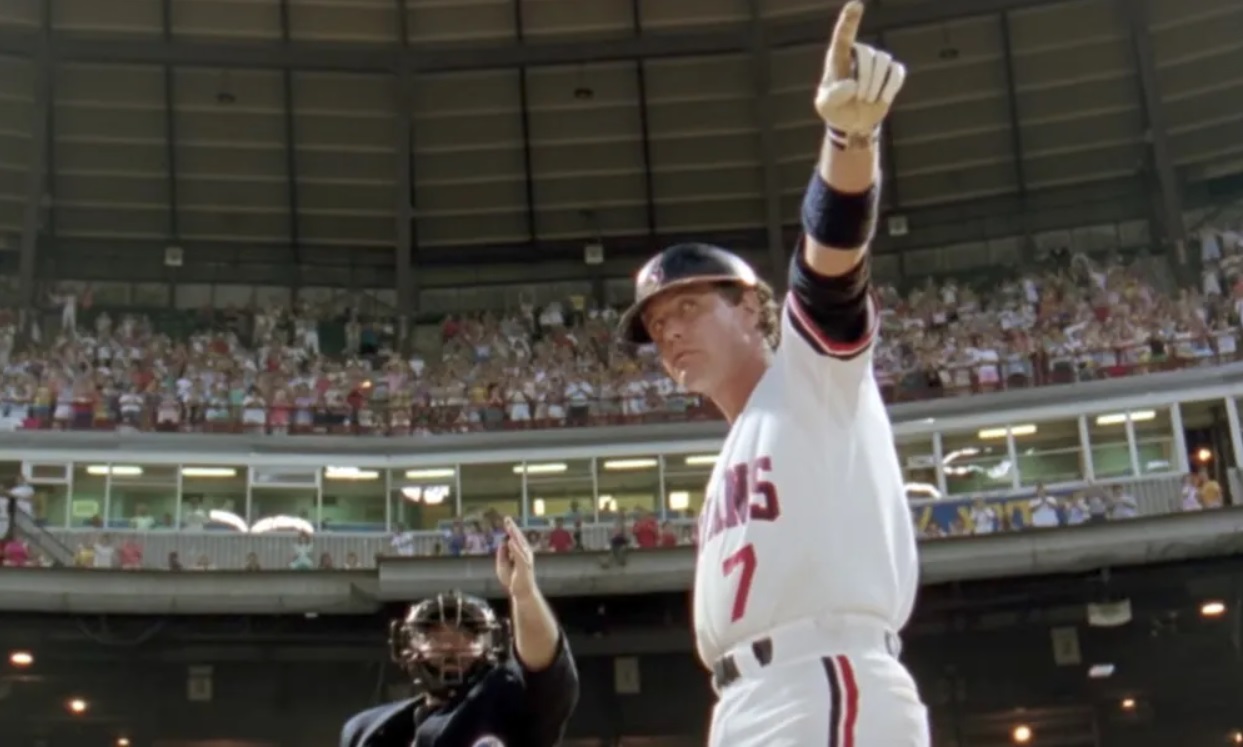
Today’s Morning Buzz is brought to you by Matt Horn, Director of Local Government Services for MRB Group, and one of the longest-tenured T-Ball coaches in the history of the YMCA (the Blue Team is considering retiring my jersey). To check out Matt’s non-baseball stats, visit LinkedIn.
- What I’m Reading: “The Myth of the Rational Voter”, by Bryan Caplan. Trying to make sense of some weirdness in the world…
- What I’m Watching: Opening Day at Camden Yards…Let’s Go O’s!
- What I’m Listening to: 99% Invisible – an amazing podcast about the power of design.
As a baseball coach, I never moved up from T-Ball. This is by design – I never wanted to be responsible for the actual athletic development of someone else’s kid. I thrive in showing them where the bases are, keeping them out of the dandelions for 45 minutes, and ensuring that everyone gets a juice box when it’s all over.
At the T-Ball level, kids tend to sort themselves into groups – there are the kids who came to have fun with their pals, the kids with major league dreams, and the kids who reel in horror at the notion that their parents abandoned them with this total stranger…every single week. At four years old, the major league dreamers mostly do the same thing – they step up to the tee, with very little (read: no) foundational training and swing as hard as they can; hoping for the first ever over-the-fence grand slam homerun in YMCA T-Ball history.
What actually happens varies – either they totally whiff (usually), they smack the crap out of the tee itself, or they nick the ball and it topples off the tee into the dirt. Very occasionally they make decent contact, and because the defense is building a sandcastle in the infield, the ball rolls past second into the dandelions. That’s the successful swing – but because they haven’t yet learned the foundations, contact is incidental and success without continued effort is not repeatable.
Community development functions the same way. There are some real foundational elements that must be developed before you can count yourselves among the heavy hitters. Cities with major league dreams, but without the foundational strengths to back it up will swing hard, but whiff again and again. And even when the incidental success comes along, it is not repeatable (reliably), and it usually shanks off the foul pole before carrying into the stands (how’s that for beating an analogy into the ground?!).
My stomach turns whenever I see cities chase stuff like Amazon HQ2, or that major league something or other in downtown. Communities muster up their most powerful swing (i.e. big piles of cash, property tax abatements, free land, and other incentives), and try to crush it off the tee. After all that oomph, we rarely get the big show we were promised.
So, what’s a little city with big league dreams supposed to do? Let’s use downtown revitalization as an example:
- Focus your efforts geographically – Find the most prominent block (think the corner of 1st and Main), and channel your energy right there until it’s humming. If that block is already humming, go one block up (read that again – ONE block) or until you find the weak link. Do NOT spread yourself thin with a little here and a little there.
- Facilitate small business development – Think small…real small…micro. Small businesses get major mileage on small incentives. Work with your county and state leadership to identify small business loans and grants to get these little operations up and running. A great collection of small businesses is much more sustainable and resilient than a few larger ones. When Amazon HQ2 tips over, tens of thousands of people are out of work. Every coffee shop in Nebraska would need to close to get the same result.
- Mix it up – Downtowns need people…all the time. Workers in the day, residents in the night. Help building owners develop one- and two-bedroom apartments in the upper stories. By “help”, I mean streamline your development processes, update your zoning, and tell your codes folks to become ambassadors and not traffic cops.
- Get your own house in order – Why should the private sector invest if you don’t? Even if you can’t afford major capital improvements, minor ones go a long way. Keep the sidewalks clean and clear, keep trashcans and recycle containers clean and empty, paint the streetlight bases often, restripe the crosswalks every year, and find ways to install (and maintain!) greenery wherever it makes sense.
- Get out of the dang way – Identify the barriers in your codes, policies, and enforcement protocols that are stifling local business growth. When a business or building owner makes a reasonable ask, make a reasonable accommodation. Get a reputation for being flexible, responsive, and supportive of small business. This is the cheapest, easiest, and most impactful thing you can do as a local government leader.
As the foundation develops, the market will start to churn harder. You’ll start seeing more significant investments more frequently. When one or two businesses close, two or three will open. It really does happen.
Three or four singles or doubles turn into manufactured runs. Enough of those on the board, and your community starts winning more games. So go to the plate, take a nice, easy, clean swing, and watch it roll past the first baseman, who is distracted by two birds fighting over a worm. It’ll roll by him, and you’ll be on your way (just remember which way is first).
Now, here’s your Cheez-Its and a juice box. If you had fun, you won.
